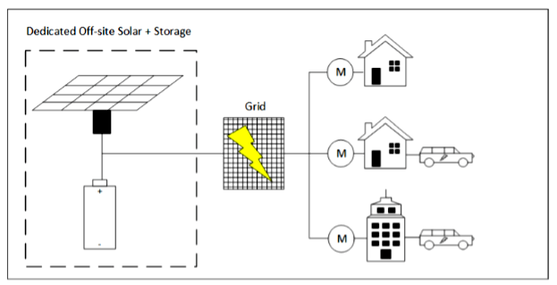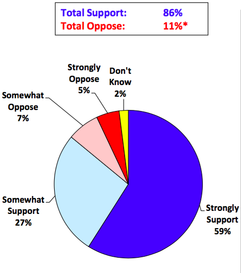
by Jill Cliburn
I’m preparing to speak on a webinar for the Smart Electric Power Alliance this Thursday, April 5. It’s free, so get over there and register if it’s not too late. If it is too late, I will give you some clues now, about my thoughts on the topic “Avoiding the Growing Pains of Community Solar.” Come back to this blog in a few weeks, and I’ll tell you more about how the webinar went.
Coming from the CSVP, my thoughts center on opportunities for utilities to design or influence community solar, in order to increase value to the participant and also the community at-large. The CSVP process, which you can follow step-by-step on our Solutions pages, was designed around a lot of experience with community solar and its stakeholders. Top advice? First, collaboration is one big, fat pill that can alleviate a lot of community solar headaches. But there's more.
The best chance for community solar success comes when stakeholders settle early on their goals and then draw some boundaries around the offering.
Then, to grow community solar, we advise the stakeholders, perhaps led by utility service providers, to take a portfolio approach. Aim for similar, but customized projects and vary the customer-focused offer. For example, targeting key accounts, targeting low- to moderate-income customers, targeting schools or non-profit agencies or targeting solar plus storage for emergency preparedness, and integration value. Rather than delaying each project until it meets everyone’s needs, stakeholders and policy-makers should be encouraged to see community-solar as a portfolio of solutions, which over time can truly address the community’s needs.
Granted, my roots in working with municipal utilities and electric cooperatives are showing. This is similar to the plan CSVP developed with the Sacramento Municipal Utility District. But it is important to note that the model works in investor-owned utility territories as well—so long as regulators can be both patient and firm. If the utility makes the commitment to grow a diverse community solar portfolio, then it may take some time, but the utility—and the community—can get there, achieving the goal of “solar for all.”
This is especially useful way to re-interpret the Interstate Renewable Energy Council (IREC) guiding principles for community solar. I recently reviewed a paper that was based in large part on applying IREC’s Shared Renewables Criteria to individual utility-based community solar programs. After checking scorecards for a half-dozen community solar programs, it became clear to me that designing perfect-score community solar program was like designing the legendary Ford Edsel. (Even I am too young to remember the Edsel, but I had a marketing prof once who confessed that he worked on that car, designed to please everyone and miserably pleasing no one.) If community solar program designers get a chance to meet some IREC criteria fully with one offering and other criteria with another offering, then I imagine customers, utilities, advocates, and other stakeholders could be left smiling, and there would be a lot more solar on the line.
The CSVP Solutions pages were designed with this varied approach in mind. The CSVP offers lots of resources for designing your first community solar project or your fourth. This includes our Guide to Market Research and Market Segmentation. Our analytic and pricing work, including the GAP Analysis, is likewise designed to map onto unique utility situations, with a minimum of time and trouble.
Practically speaking, we also understand that you don’t have the time to dig in as deeply as you’d wish. As a utility professional or a customer or stakeholder who’s trying to leverage new programs, you can quickly assess whether advice is valuable to you, but running the gauntlet of details can be tough. For that problem, we offer a time honored solution. Send us a note. Extensible Energy, Cliburn and Associates, and our expert network can help, whether this is your first community solar experience or a dive into one of the many variations that can raise the value of your solar portfolio.

















